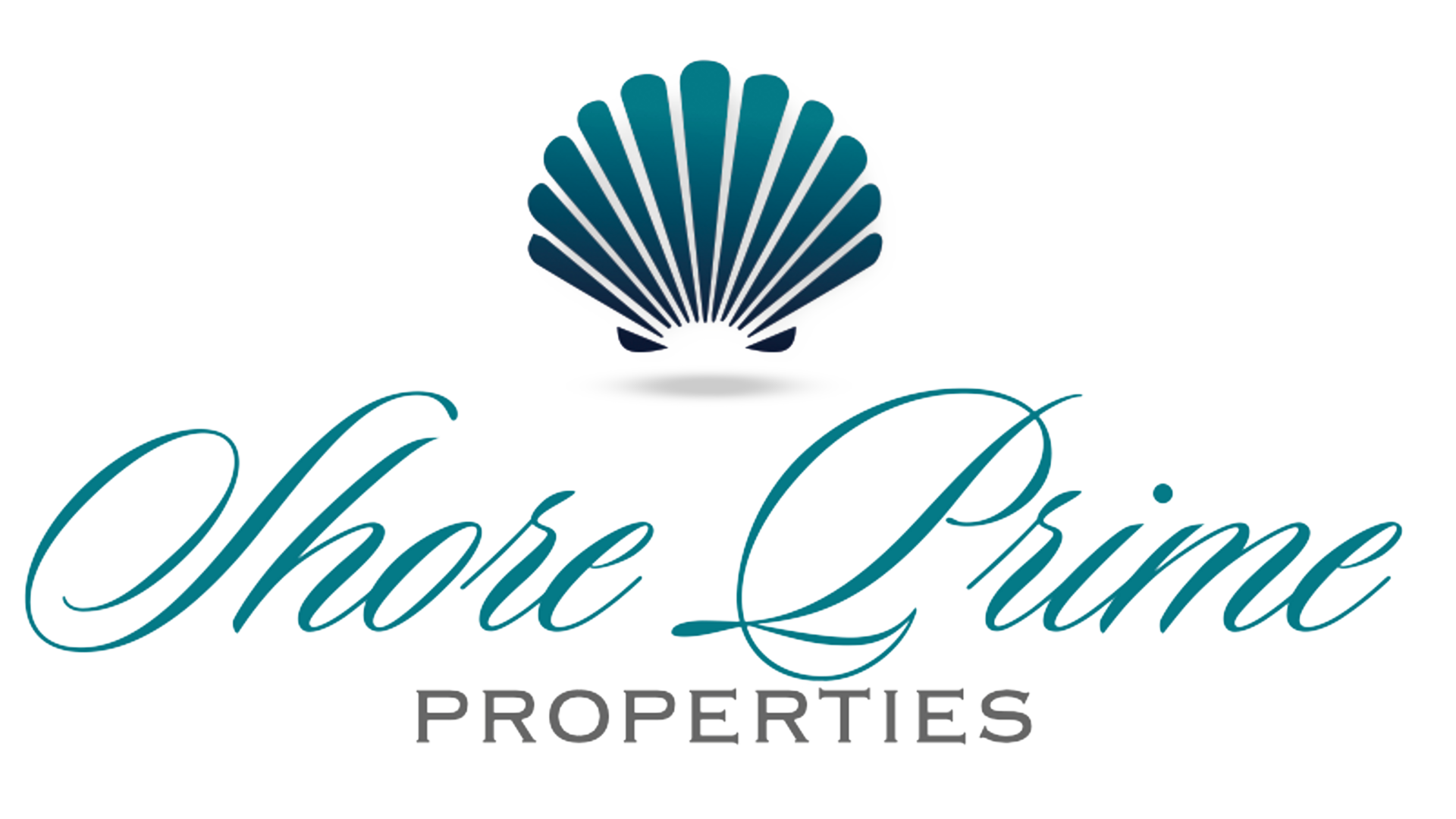Just like interest rates rise and fall, so does the real estate market. These shifts driven by real estate cycles are categorized into phases: recovery, expansion, hyper-supply and recession. Hi I’m Michele Irizarry, CEO and Broker of Shore Prime Properties. Over the past 20 years of selling real estate, I think it’s safe to say that we have seen all four of these phases in the local real estate market here in the Long Branch, New Jersey area. Because these cycles are unpredictable, several factors within each stage influence how long they will last. Understanding how and why these market shifts happen can help you to decide if it’s the right time to buy or sell. If you’d like to stay up to date on the local market trends and the home buying and selling process, please be sure to like and follow Shore Prime Properties.
Four Phases of the Real Estate Cycle
Driven by times of expansion and contraction, the real estate cycle can cause the real estate market to shift significantly. As a result, home prices, inventory levels, interest rates, mortgage availability and the ability to invest in real estate are all impacted.
Recovery
The recovery phase is when the market is only just starting to bounce back but still has many of the same characteristics of a recession. This includes high unemployment rates, low demand for goods and home prices are more affordable. As a result, this can make it an opportune time to purchase a home.
Expansion
During the expansion phase, businesses are growing and hiring, resulting in lower unemployment rates, increased consumer spending, higher property values and rental rates, and an uptick in demand for housing.
Hyper-supply
Economists will measure and scrutinize vacancy rates to understand which phase of the real estate cycle the market is in. In the hyper-supply phase, an abundance of vacancies may indicate an economic shift. As the demand for housing begins to drop, so do prices. And when pricing drops, purchasing a home becomes possible.
Recession
When the economy begins to contract, most industries have an overall economic pullback. As a result, businesses reduce or limit production resulting in job layoffs; consumers can serve their money and spend less on goods and services, inventory levels creep up, and vacancy levels increase. In addition, during a recessionary period, interest rates rise to control inflation, making it difficult for buyers to purchase a home.
Economic Influencers
Within each phase of the real estate cycle are several factors that impact a person’s ability to purchase or sell a home. These include economic growth, interest rates, consumer confidence, unemployment government policies, subsidies, and demographics.
The Economy
After an economic expansion, the economy reaches its growth potential and begins to contract; economists refer to the real estate cycle as having peaked, and demand for housing subsequently decreases, leading to a sluggish real estate market.
Unemployment
If unemployment rises, people may fear losing their jobs, discouraging them from purchasing a home. Conversely, a low unemployment rate means people are earning income and will more likely be able to afford a home.
Consumer Confidence
If the state of the economy is high and there is consumer confidence in job security, they will likely feel comfortable taking out a home loan especially if the real estate market outlook is positive. However, if the market is wavering, it may deter people from purchasing a home, directly affecting the next phase of the real estate cycle.
Interest Rates and Affordability
Because interest rates are constantly changing, the demand for housing will follow suit. So as interest rates increase, affordability drops, and the market shrinks but when interest rates fall buyers are incentivized to buy driving up the demand for housing.
Government Policies and Subsidies
Legislation can also affect the different phases of the real estate cycle and significantly impact the housing market. For example, the government may offer tax credits, deductions, a first-time buyer’s tax, and other subsidies to help temporarily stimulate the demand for real estate.
Demographics
Population shifts can directly affect real estate market changes; the impact can be enormous, depending on the community’s location and population. For example, baby boomers, born between 1946 and 1964 (now ranging in age from 59 to 77), are entering retirement age. As a result, they are downsizing their homes and moving into smaller spaces such as active adult or assisted living communities. In addition, this generation’s demand for second homes is becoming popular as they prepare for retirement.
As this is a main overview of the real estate market conditions, what we are seeing here in the local Long Branch New Jersey market is what could be interpreted as the expansion phase. With tight inventory and an abundance of buyers, we are seeing most homes sell quickly and in many cases with multiple offers. It is a very unique set of circumstances that we are experiencing with the demand remaining strong despite interest rates rising. If you are curious how the current market conditions have affected your home value or you want to know what is happening in your local real estate market, give us a call here at Shore Prime Properties. We love real estate and we could talk about this all night and day. I’m Michele Irizarry, selling prime real estate at the Jersey Shore.

